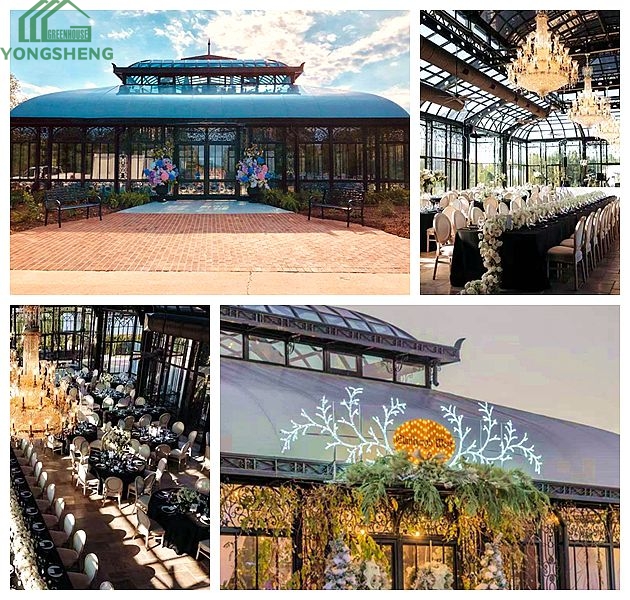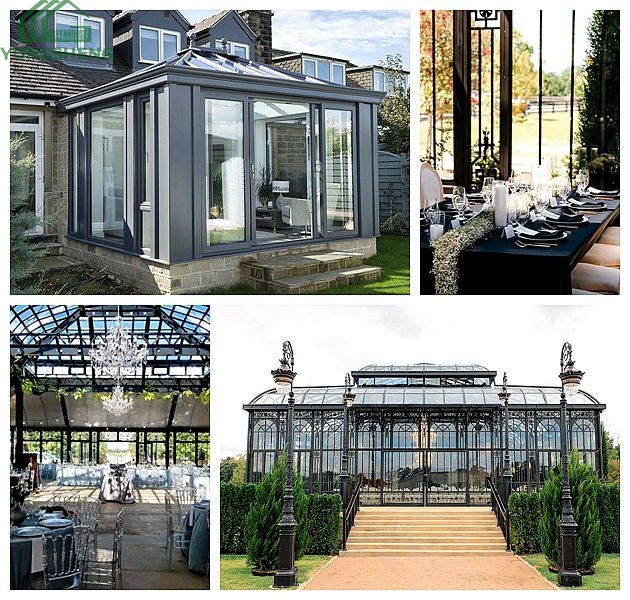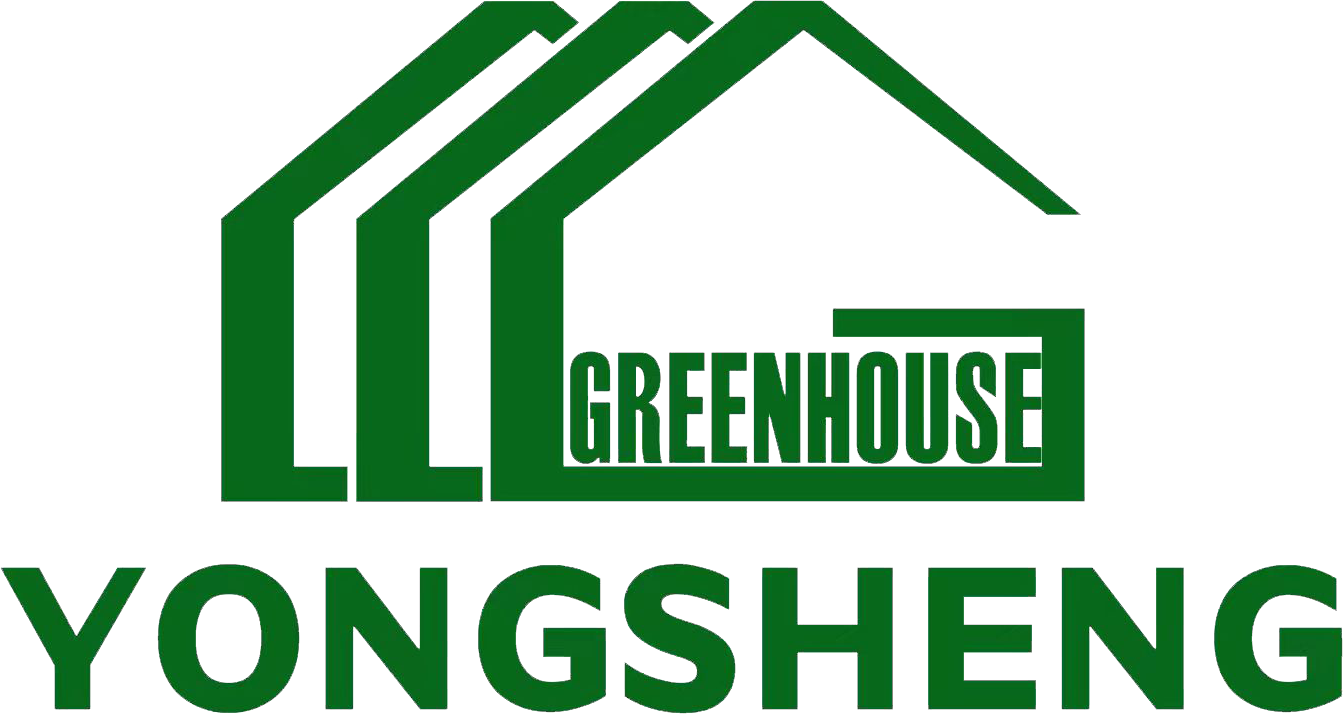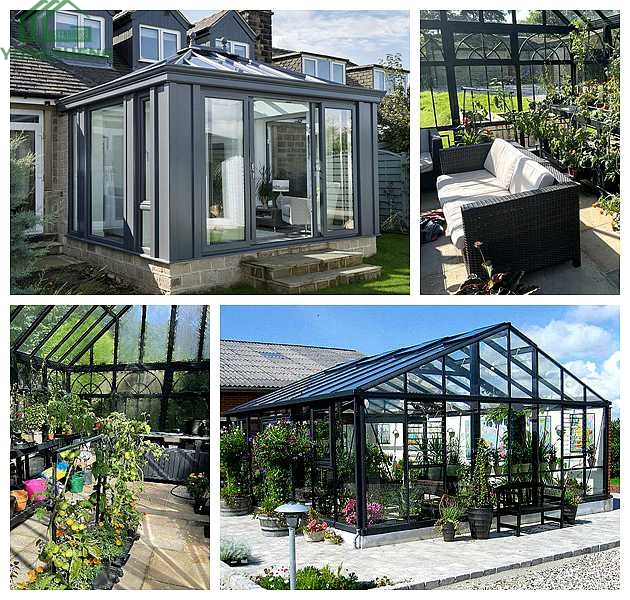
The History and Evolution of Glass Greenhouses

1.The Victorian Glasshouse Origins
Victorian greenhouse originate from 16th-century Europe to citrus trees during winter. These structures featured thick stone walls and large south-facing windows but lacked efficient ventilation.
2.The Victorian Glasshouse Revolution
The 19th century marked a turning point with the Victorian glass greenhouse, made possible by advancements in cast iron and sheet glass production.
Key features included:
Curved glass roofs for optimal sunlight
Ornamental iron frames with intricate detailing
Improved ventilation systems
The Rise of Steel-Frame Greenhouses
3. The Rise of Steel-Frame Greenhouses
By the early 20th century, hot-dipped galvanized steel replaced cast iron, making greenhouses more affordable and durable. The Dutch Venlo greenhouse became a global standard, featuring:
Modular designs for easy expansion
Double-glazed panels for better insulation
Mechanized ventilation
since then, glass greenhouses expanded beyond agriculture:
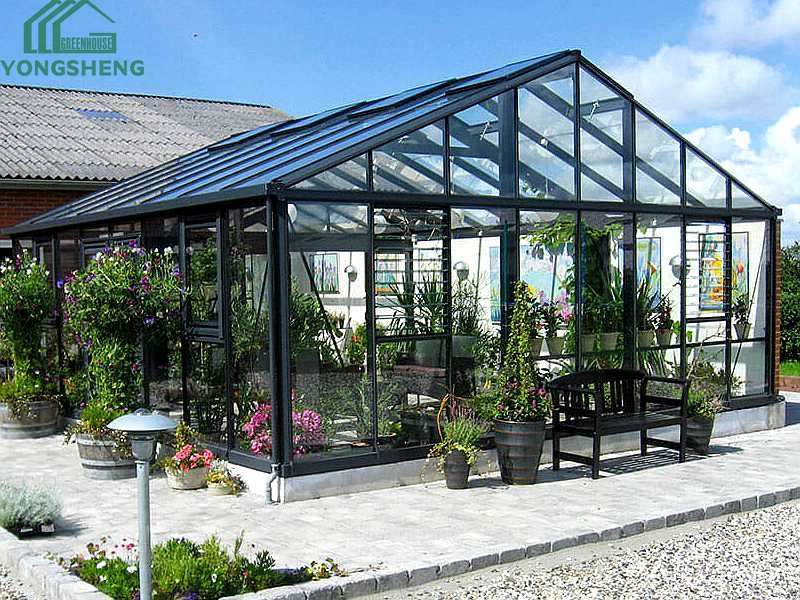
The History And Evolution Of Glass Greenhouses
4.Modern Applications: 21st Century – Smart & Sustainable
Today’s glass greenhouses integrate AI, renewable energy, and urban farming, transforming how we grow food and design living spaces.
Smart Greenhouse Technology
Climate automation (IoT-controlled temperature, humidity, CO₂)
Hydroponics & vertical farming
LED grow lights for year-round production
Furthermore, there are also applications of sustainable materials & energy, such as
Low-emissivity (Low-E) glass for thermal efficiency
Solar glass panels generating renewable energy
Passive solar designs minimizing energy use
The Future of Glass Greenhouses
From aristocratic orangeries to AI-driven hubs, glass greenhouses reflect humanity’s evolving relationship with nature. As vertical farming, solar integration, and biophilic design advance, these structures will play a pivotal role in sustainable urban living.
Whether preserving heirloom plants or pioneering smart agriculture, glass greenhouses remain a bridge between tradition and innovation.
Why Choose US?
- ● As the first manufacturer in China to introduce the Victorian conservatory design from Europe, we have 36 years of production experience since 1988, and our products are distributed in 68 countries.
- ● We have a professional team of 8 conservatory design engineers and 60 production workers. We are equipped with 2 hot-dip galvanizing machines, 2 steel shot blasting machines, and 1 spray line.
- ● Our professional design team can provide theoretical calculation data support for wind pressure resistance, earthquake resistance, and snow resistance of large-scale steel structure conservatories.
- ● Strict quality control. 8 inspection stages: raw material inspection, cutting and blanking size inspection, welding quality inspection, hot-dip galvanizing quality inspection, spray quality inspection, assembly quality inspection, and packaging quality inspection. Ensuring smooth assembly of the products, no rust, no leakage, and compliance with customer national standards.
- ● We cooperate with many well-known architectural design companies worldwide.
- ● Customized services. We can customize according to customer designs and dimensions. We also provide supporting facilities such as electric sunshades and air conditioners.
- ● We offer installation dispatch services, inspection services, and free replacement of parts. We also present high-value exquisite gifts.
- ● Video factory tour. You can view the entire production process.
